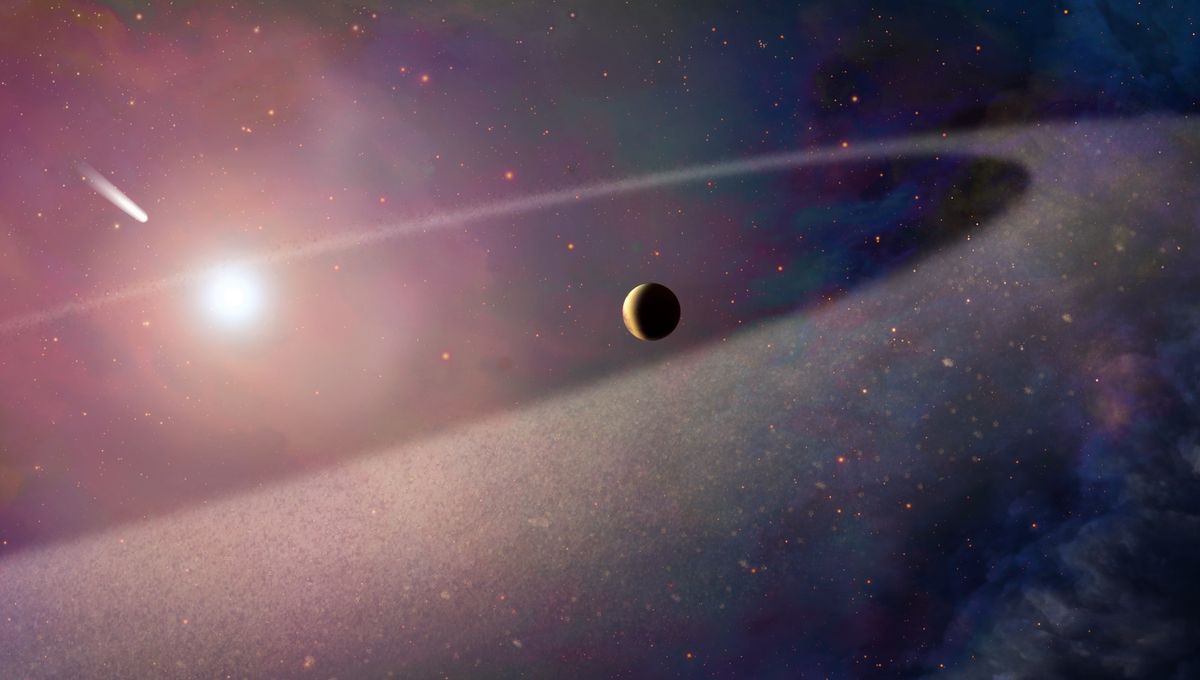
Life on our planet has been going on for several billion years. Young stars have had a privileged position in our search for life elsewhere. After all, it’s easier to compare past and present than to speculate about the future. However, research has shown that we shouldn’t discard older stars as hosts of life-bearing planets, even if the stars have died – although death might not be all that good for life.
A factor that appears to be critical is the stellar wind. The magnetic field of our planet protects us from the stream of particles that constantly comes from the Sun. This is much worse when stars are young and gradually gets better. Research on stars like the Sun, or even older stars, suggests that they tend to have a shift in the strength and complexity of the magnetic field, something that greatly impacts the stellar wind.
Devastating erupting events become less likely as these Sun-like stars age, making it more likely that life can endure around the objects, and even providing better chances for the development of advanced civilizations.
So stars like the Sun or older are good – well, up to a point. Our own star and many like it are destined to become red giants. Once a star has run out of hydrogen in its core, it first compresses itself, igniting helium, and then swells up. It is likely that when the Sun inflates, its outer layer will extend all the way to Earth’s orbit. And even though the density of the plasma would be very low, we have a hunch that being inside a star is not really good for life.
The red giant phase is also characterized by the release of powerful stellar winds, and the heat from the now-large star pushes the habitable zone further out. That might be good news for the moons of the gas giants, but not so much for the rocky planets: Venus and Mercury are gone for sure at this point, and best case scenario, Earth and Mars are scorched. So not super hospitable for life, at least not everywhere.
Researchers were also curious about what happens afterwards. Red giants shed their layers and what remains is the compressed degenerate core. We call this dead star a white dwarf. Without stellar winds and with great stability over billions of years white dwarfs are a great place for life, as long as the planets survived the red giant phase and the life evolved after the white dwarf came to be.
Research shows that the changes from regular star to red giant to white dwarf are too quick for life to adapt unless you have a way to protect and relocate a whole planet. Older stars and white dwarfs should be investigated as potential hosts of life, but it seems unlikely that life can survive uninterrupted on a world as its star changes and evolves.
The new study is published in The Astrophysical Journal Letters.
Source Link: Death Of The Sun Will Kill Life On Earth, But New Life Might Evolve Again